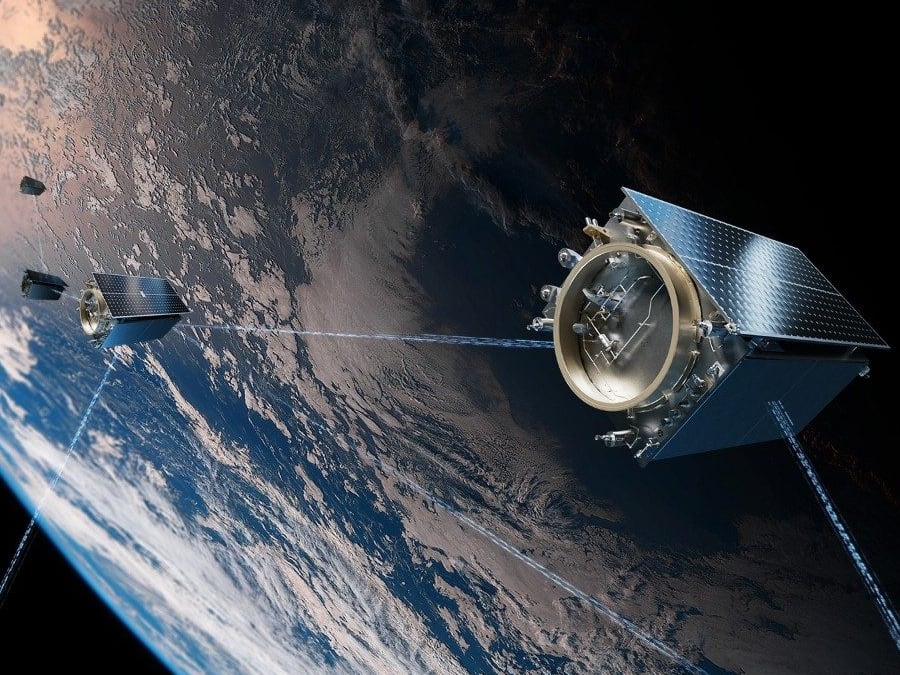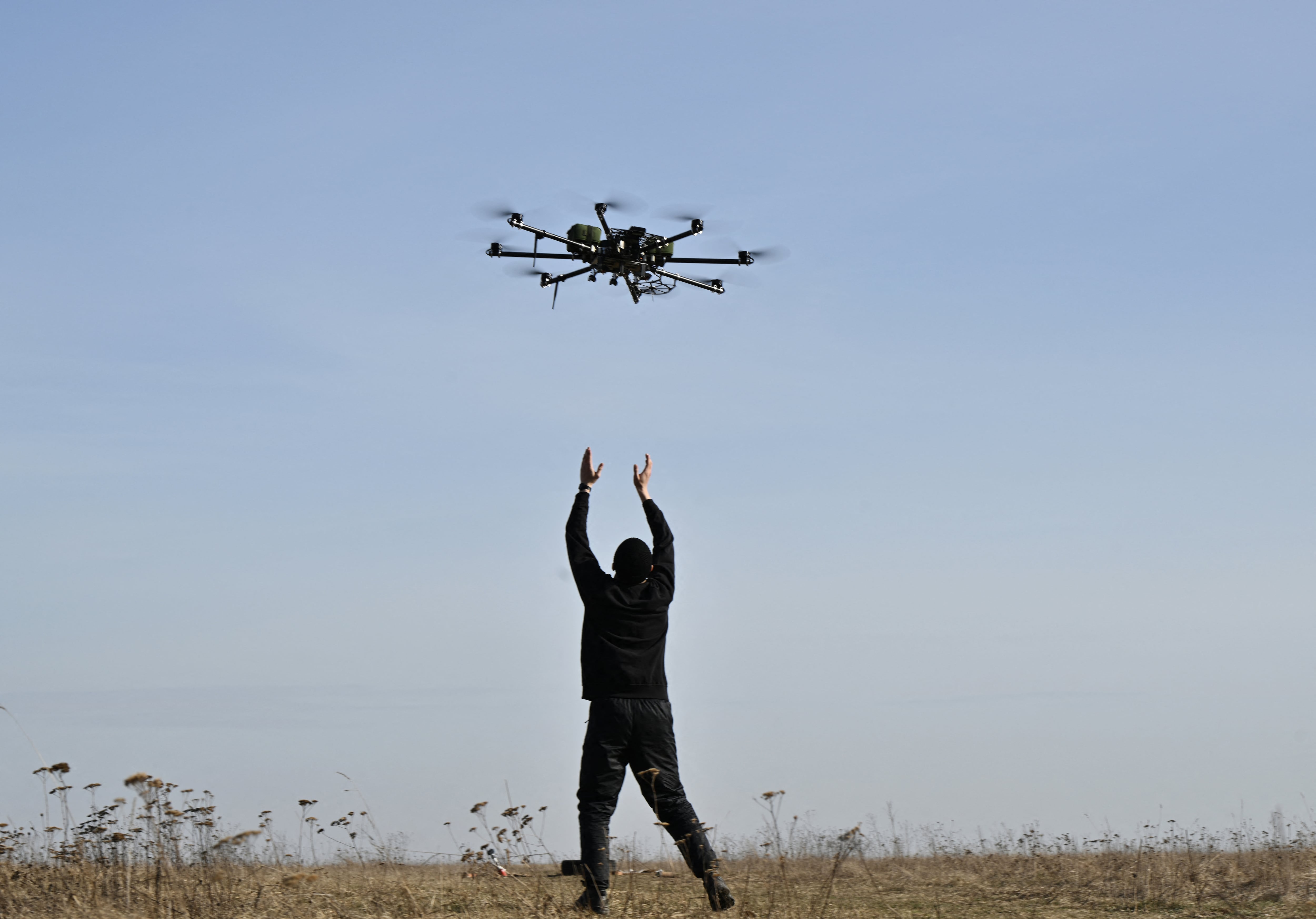A launch anomaly on board Firefly Aerospace’s Alpha rocket resulted in the loss of a Lockheed Martin spacecraft designed to demonstrate new satellite technologies.
The mission, which lifted off from Vandenberg Space Force Base, California, on Tuesday morning, went south sometime after the rocket’s first stage separated and before the ignition of Alpha’s second stage. The mishap caused the vehicle to lose its engine nozzle extension, significantly reducing its thrust and making it unable to reach its destination in orbit.
Firefly initially reported the satellite had reached a lower orbit, but later confirmed that the spacecraft returned to Earth, making impact in the Pacific Ocean.
“The team is working closely with our customers and the [Federal Aviation Administration] to conduct an investigation and determine root cause of the anomaly,” Firefly said in a statement.
Lockheed’s self-funded mission was designed to test the capabilities of its LM 400 satellite bus — an adaptable, multimission system that can operate in a variety of orbits. The spacecraft has onboard data processing, a modular architecture and is compatible with several launch configurations.
Past missions have informed spacecraft design plans and helped improve Lockheed’s launch process.
In an April 7 briefing with reporters, Bob Behnken, the company’s vice president of exploration, products and technology, told reporters the company’s goal for the mission was to understand the “full lifetime experience” of the satellite.
“It’s important for us to exercise an LM 400 through the whole lifespace in preparation for those … mission needs that our customer has,” he said.
Lockheed spokesman Chip Eschenfelder said in a statement Tuesday issued after the failed launch that the company will work with Firefly to determine the cause of the mishap.
“Navigating risk and going fast are part of these self-funded demonstrations, and the knowledge we’ve gained already from the LM 400 production and processing will also benefit future customer missions,” he said.
Tuesday’s mishap follows a separate anomaly that occurred in December 2023 when an Alpha vehicle carrying a different experimental Lockheed payload delivered the satellite to the wrong orbit.
In June 2024, Lockheed selected Firefly’s Alpha to fly as many as 25 missions through 2029. The contract commits the longtime defense firm to 15 launch reservations and 10 optional missions.
Courtney Albon is C4ISRNET’s space and emerging technology reporter. She has covered the U.S. military since 2012, with a focus on the Air Force and Space Force. She has reported on some of the Defense Department’s most significant acquisition, budget and policy challenges.






